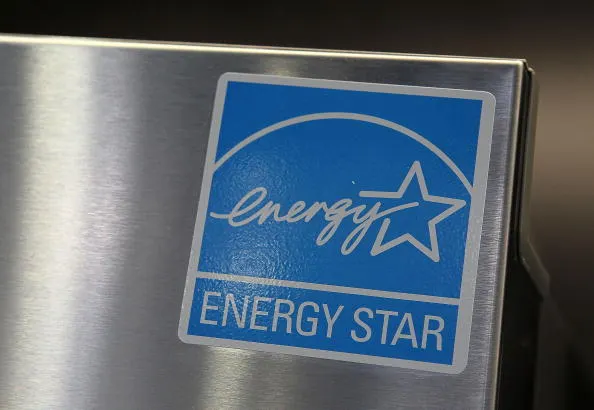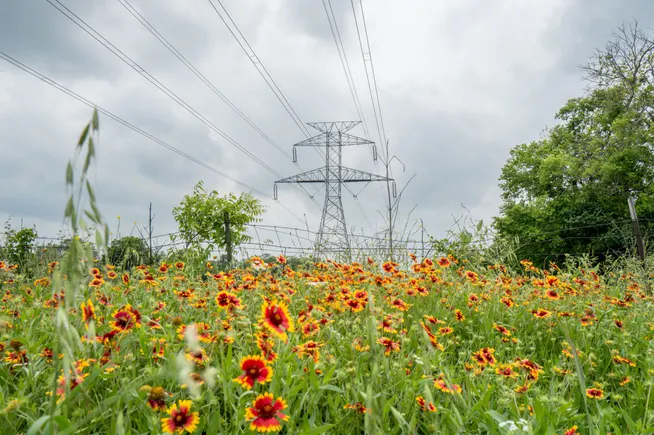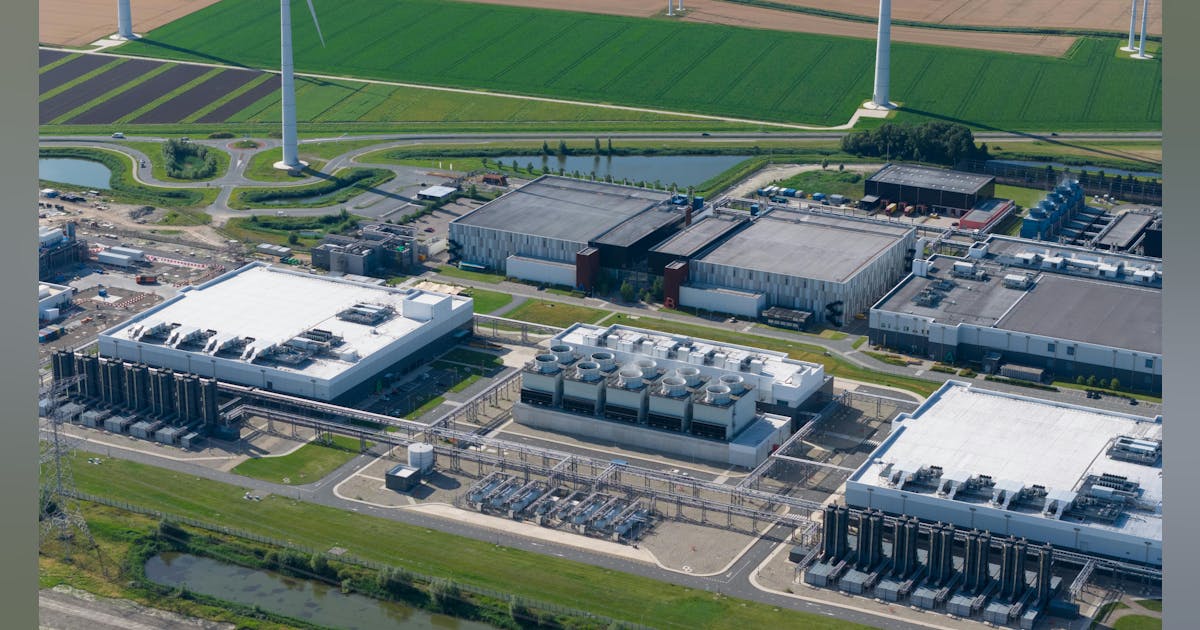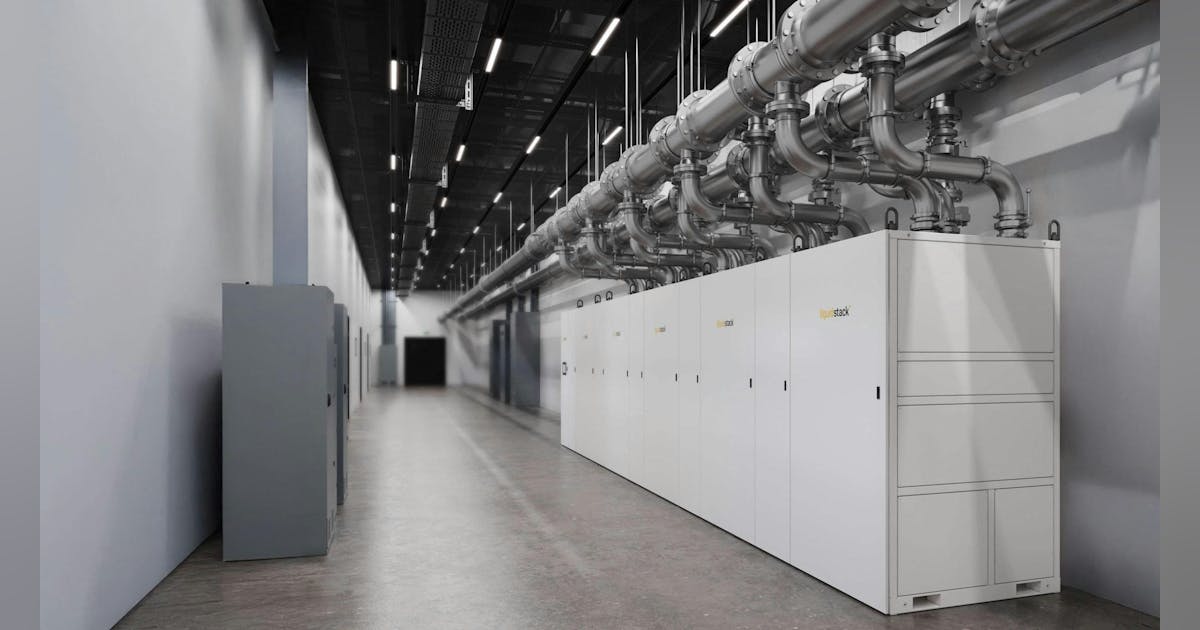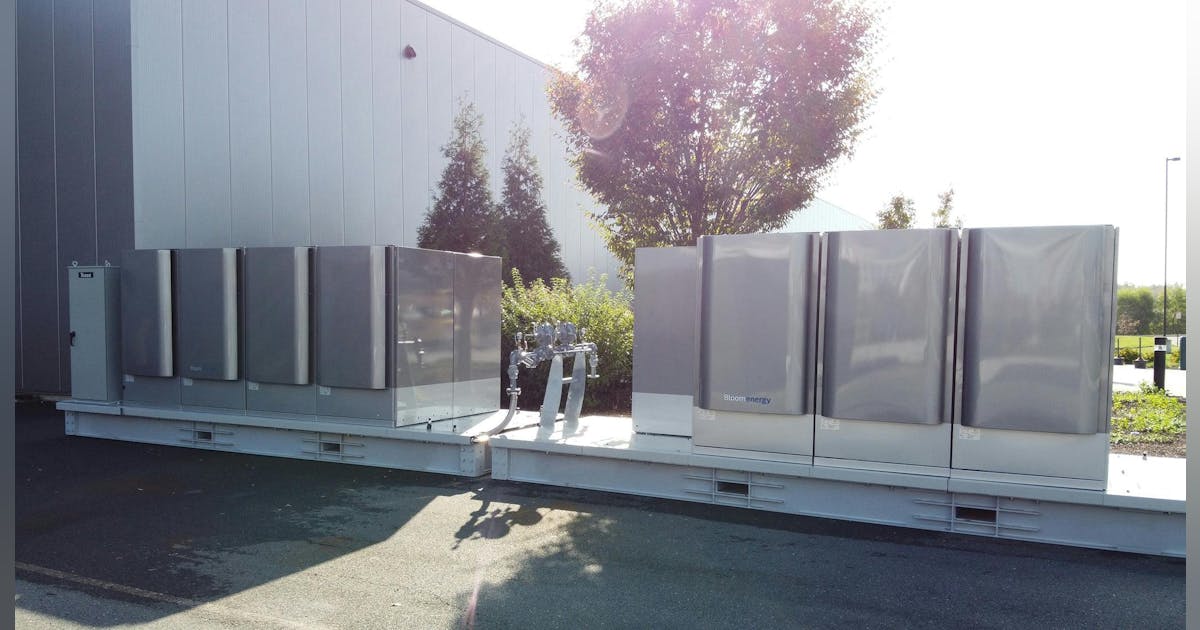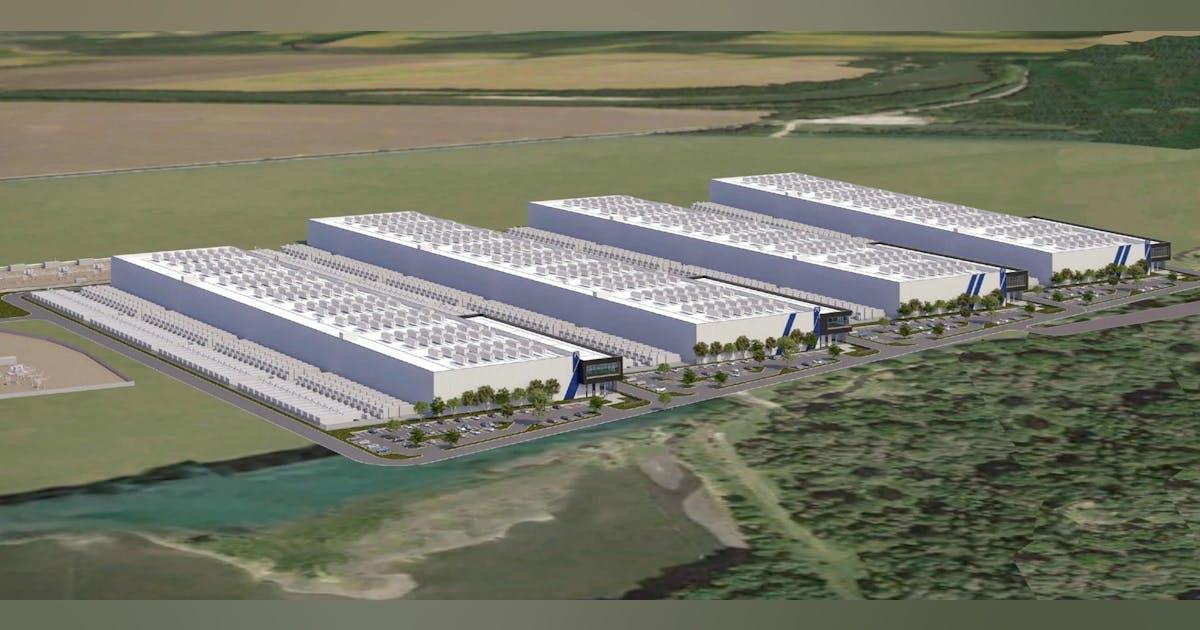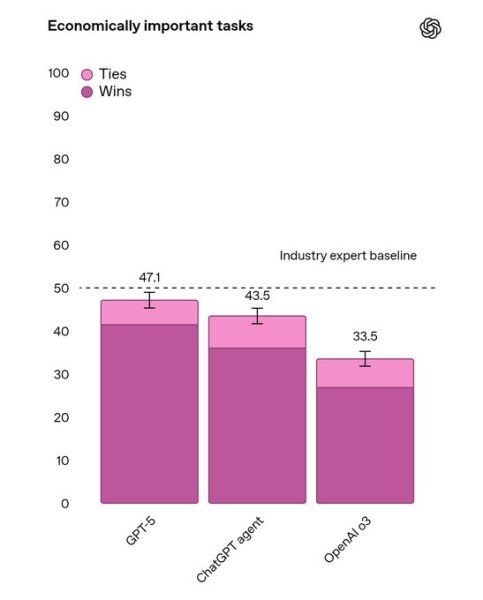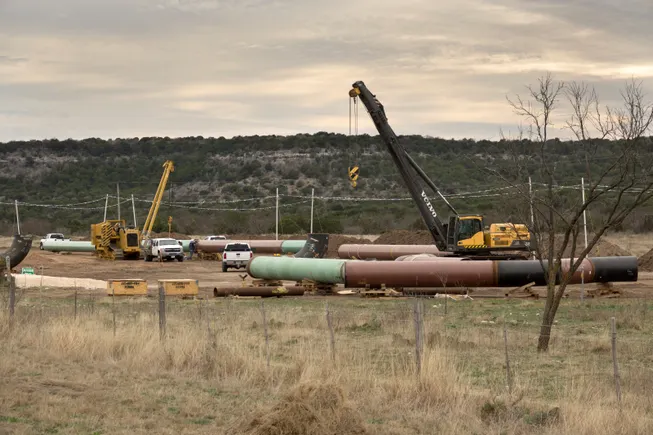
Arizona Public Service Co. and Salt River Project will buy capacity on Transwestern Pipeline’s just-announced Desert Southwest expansion project, which aims to deliver natural gas from the Permian Basin in Texas to Arizona, the utilities said Wednesday.
APS, the project’s anchor customer, will use gas from the pipeline for gas-fired power plants that will support planned data centers in the utility’s service territory, said Ted Geisler, chairman, president and CEO of Pinnacle West Capital Corp., APS’ parent company, during a Wednesday earnings call.
Two Fortis utilities — Tucson Electric Power and UniSource Energy Services — and the City of Mesa, Arizona, are finalizing negotiations with Transwestern, an Energy Transfer unit, according to the utilities.
All existing interstate gas pipelines serving Arizona are fully subscribed, according to the utilities.
Transwestern owns a 2,590-mile gas pipeline that can deliver 0.9 billion cubic feet a day from southwest Texas to Arizona. APS, SRP and TEP buy gas that is delivered on the pipeline.
Transwestern plans to spend about $5.3 billion to expand its system by building 516 miles of 42-inch pipeline and adding compressor stations in Arizona, New Mexico and Texas, Energy Transfer said Wednesday. The project would add 1.5 Bcf/day of capacity to the Transwestern system, according to the company. Energy Transfer aims to complete its project by late 2029.
Energy Transfer said it will launch an open season this quarter and expects the remaining capacity on the pipeline expansion to be fully subscribed. Depending on the results of the open season, the project could be expanded, the Dallas-based oil and gas infrastructure company said. Transwestern is considering more than doubling the pipeline’s capacity by using 46-inch pipe, Marshall McCrea, co-CEO of Energy Transfer, said Wednesday during an earnings conference call.
APS expects to spend $7.3 billion over 25 years buying gas on Transwestern’s expansion project, Pinnacle West said in a filing with the U.S. Securities and Exchange Commission.
The Phoenix-based utility plans to bring power plants online when the pipeline project begins operating, according to Geisler. APS’ contract with Transwestern is flexible so the utility can buy more gas if it needs it, he said.
APS has close to 4.5 GW of committed, high load customer demand, mainly data centers and some manufacturing, in its interconnection queue, with an additional 20 GW of uncommitted, potential large load customers, Geisler said.
The utility set a peak demand record of about 8.5 GW on July 9, up 300 MW from last year’s peak, according to Geisler.
APS expects its electric sales will grow by 4% to 6% a year through 2027, mainly driven by the addition of large loads onto its system, according to Pinnacle West’s earnings presentation. The utility expects to invest about $2.7 billion in generation from 2025 through 2027.
APS is securing roughly 2 GW of power supply through a request for proposals issued in November.
In response to rapid load growth, APS revised its carbon emissions reduction goals on Wednesday. “Reliable service for our customers is our top priority, which has led us to update our clean energy goal from zero carbon [emissions] to carbon neutral by 2050,” Geisler said. “We’re also transitioning away from interim [emissions reduction] targets to better reflect our near-term focus of reliability and affordability for our customers.”
Last year, gas-fired power plants produced 45% of Arizona’s in-state electricity, followed by nuclear power at 27%, solar at 13%, coal at 8%, hydroelectric power at 4% and wind at 2%, according to the U.S. Energy Information Administration.
Meanwhile, Energy Transfer is seeing growing demand for gas from power plants and data centers, according to Tom Long, the company’s co-CEO.
“We continue to see a significant level of activity from demand-pull customers to supply, store and transport natural gas for gas-fired power plants, data centers and industrial and onshore manufacturing,” Long said during the company’s earnings call.
Earlier this year, Energy Transfer signed its first significant deal with a hyperscaler — a behind-the-meter data center in Texas, according to McCrea. Originally, the contract was for 80,000 MMBtu/d, but it was increased to 380,000 MMBtu/d and could go to 475,000 MMBtu/d, he said.
Energy Transfer has now signed three deals with data centers in Texas, and is close to two more, McCrea said.








